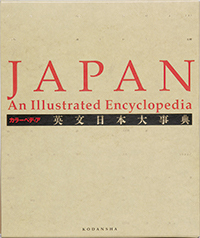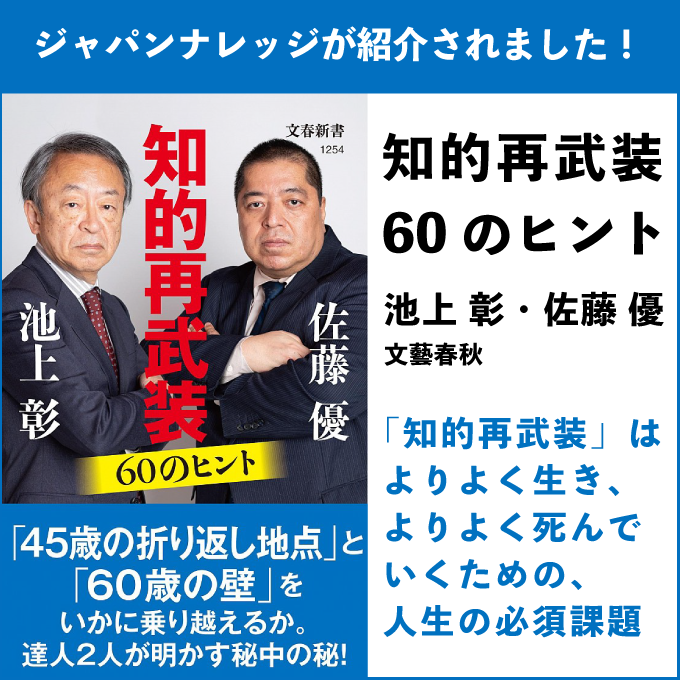Encyclopedia of Japanのサンプルページ一覧
オンライン辞書・事典サービス「ジャパンナレッジ」に掲載されているEncyclopedia of Japanのサンプルページ一覧です。
ジャパンナレッジは日本最大級のオンライン辞書・事典サービスです。
「国史大辞典」「日本古典文学全集」「日本国語大辞典」「世界大百科事典」「日本大百科全書」など80種類以上の辞書・事典をパソコン、タブレット、スマートフォンで利用できます。
「国史大辞典」「日本古典文学全集」「日本国語大辞典」「世界大百科事典」「日本大百科全書」など80種類以上の辞書・事典をパソコン、タブレット、スマートフォンで利用できます。

阿弥陀(世界大百科事典・日本架空伝承人名事典・Encyclopedia of Japan)
極楽浄土にいて衆生を救済するとされる仏。弥陀とも略称される。《無量寿経》によれば,過去世に法蔵比丘が世自在王如来のもとで四十八の誓願をたて,長期間の修行を果たし,現在では阿弥陀仏となり,極楽浄土の主となって,その浄土へ往生を願う衆生を摂取するという

来迎図(世界大百科事典・Encyclopedia of Japan)
浄土教美術の中では最も重要な主題の一つで,その大部分は阿弥陀如来の来迎を説く阿弥陀来迎図であるが,ほかに弥勒菩薩や十一面観音などの来迎図もある。また絵画として表現されるもののほかに彫像によって表現される来迎像もある。来迎図の教理的根拠は《無量寿経》

邪馬台国(国史大辞典・日本大百科全書・世界大百科事典・Encyclopedia of Japan)
二、三世紀の日本列島内にあった小国の一つで、対馬国(のちの対馬島上県・下県郡、現在の長崎県上県・下県郡)以下二十八の小国を統属していた倭国連合の盟主国。二世紀末から三世紀前半まで女王卑弥呼が都としていた国。この国への道程は『魏志』倭人伝によれば諸

蒲生氏郷(国史大辞典・世界大百科事典・Encyclopedia of Japan)
一五五六 - 九五 安土桃山時代の武将。会津若松城主。利休七哲の一人。幼名鶴千代、忠三郎、賦秀(やすひで)、洗礼名レオン。弘治二年(一五五六)近江国蒲生郡日野(中野)城主で六角氏の重臣賢秀の第一子として生まれる。永禄十一年(一五六八)織田信長に降った

黒田孝高(国史大辞典・世界大百科事典・Encyclopedia of Japan)
一五四六 - 一六〇四 安土桃山時代の武将。初名孝隆、のち孝高、致仕後政成に改む。幼名万吉、長じて官兵衛、勘解由と称し、剃髪して如水軒円清居士と号した。はじめ小寺氏を称したが、のち黒田姓に復した。天文十五年(一五四六)十一月二十九日、播磨国飾東郡姫路

宮本武蔵(世界大百科事典・日本架空伝承人名事典・Encyclopedia of Japan)
江戸時代初期の剣豪。二天一流(円明流,武蔵流ともいう)剣法の祖。《五輪書》の著者。二天と号した。日本の剣道史上最も著名な剣豪の一人で,小説,舞台,映画などにもなっているが,伝記については必ずしも明らかではない。出生地についても,播磨(兵庫県)の宮本村

島津義弘(日本大百科全書・Encyclopedia of Japan)
戦国時代~江戸初期の武将。天文(てんぶん)4年7月23日生まれ。父は島津貴久(たかひさ)。義久(よしひさ)の弟。1554年(天文23)蒲生(かもう)氏との合戦に初陣し軍功、大隅(おおすみ)岩剣(いわつるぎ)城の城番となり、続いて日向(ひゅうが)飫肥

浅井長政(国史大辞典・世界大百科事典・Encyclopedia of Japan)
一五四五 - 七三 戦国時代の武将。近江国の大名。はじめ賢政、のち長政と改名。通称新九郎、備前守と称した。天文十四年(一五四五)誕生。父久政、母は井口氏。永禄三年(一五六〇)十六歳で家を継いだ。久政隠退は重臣たちの強要によるものと伝えられている

森蘭丸(日本大百科全書・Encyclopedia of Japan)
安土(あづち)桃山時代の武士。実名は成利(なりとし)。一説に長定(ながさだ)。美濃(みの)国(岐阜県)可児(かに)郡金山(かねやま)城主森可成(よしなり)の三男。15歳で織田信長に仕え小姓(こしょう)となり、奏者(そうじゃ)や奉行(ぶぎょう)を勤めた

tea ceremony 【茶の湯】(Encyclopedia of Japan)
A highly structured method of preparing powdered green tea in the company of guests. The tea ceremony incorporates the preparation and service of food as well as the study and utilization of architecture, gardening, ceramics, calligraphy, history, and religion.

Confucianism 【儒教】(Encyclopedia of Japan)
Tradition of Chinese origin said to have been known in Japan since the 5th century. Confucianism has religious aspects but is mainly a philosophical, ethical, and political teaching. In Japan it assumed particular importance during the 6th to 9th centuries and from the Edo period (1600−1868)


